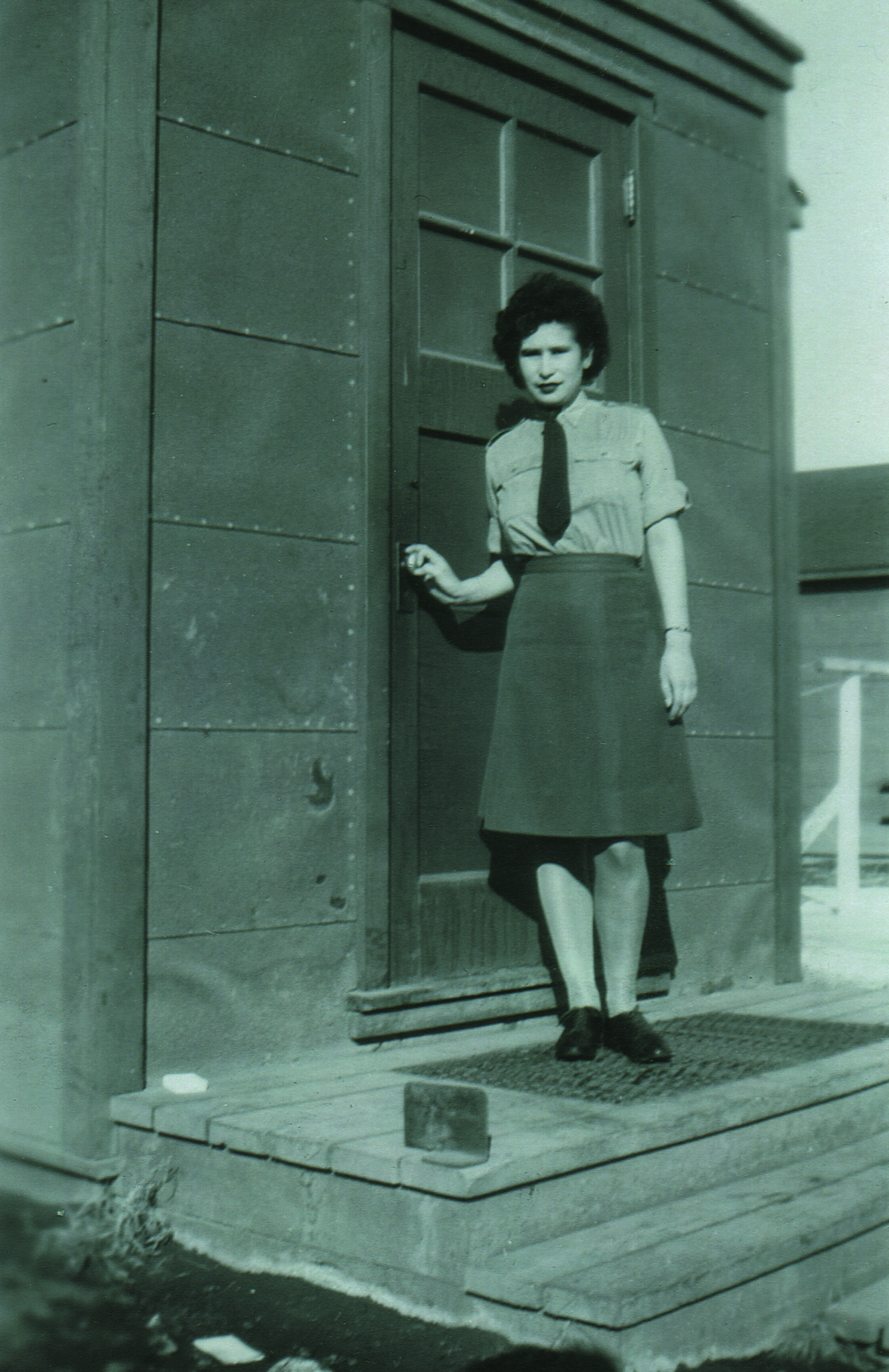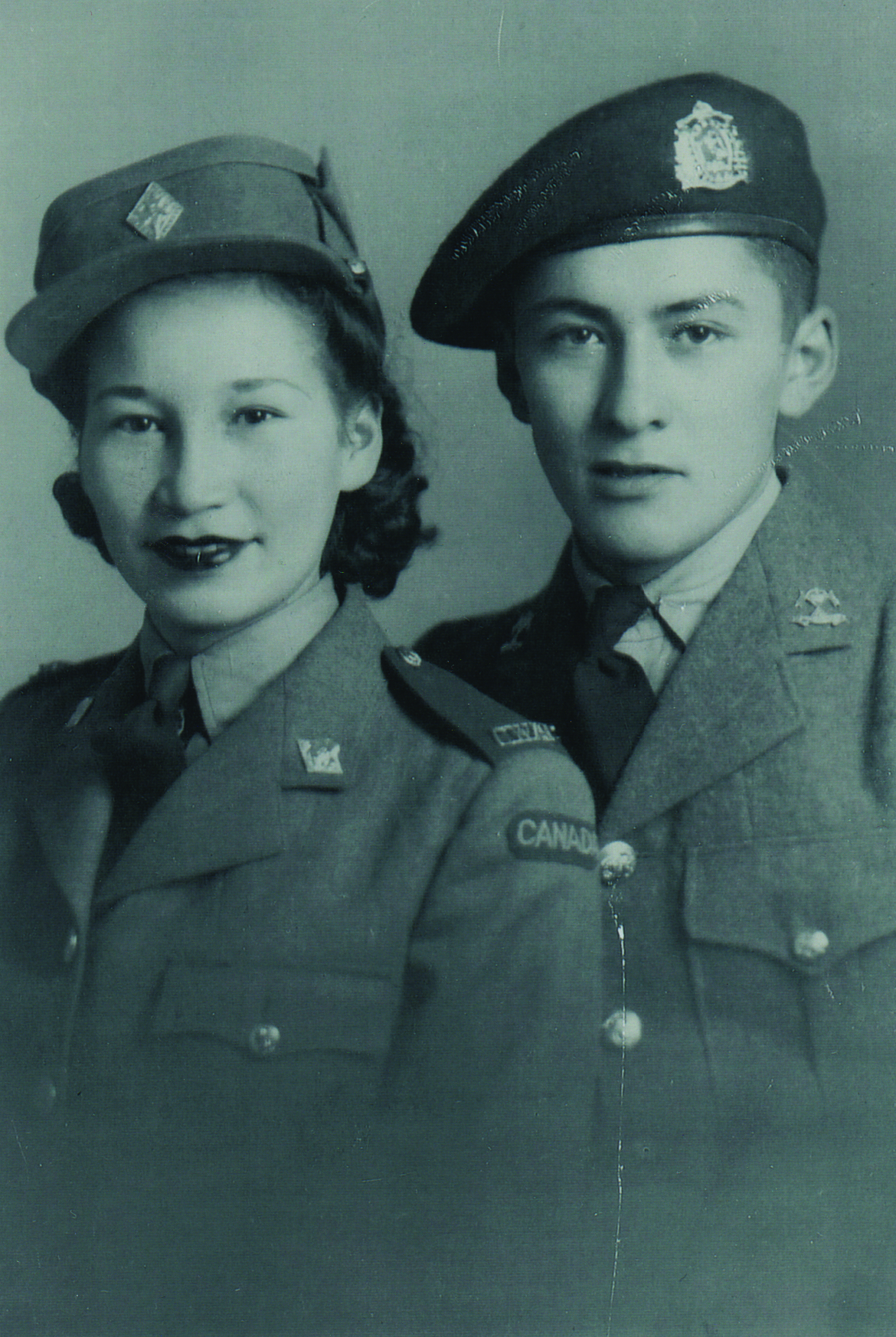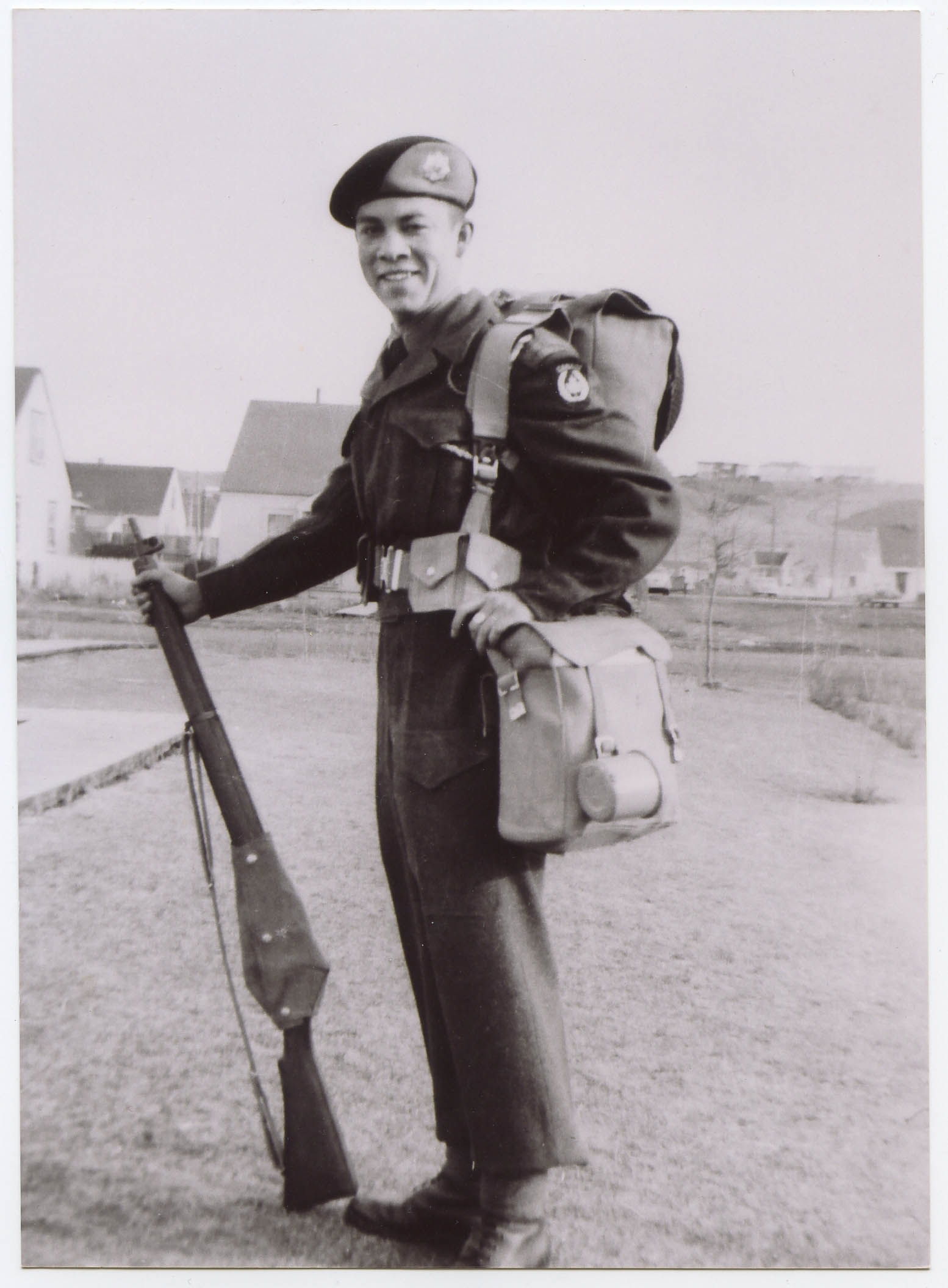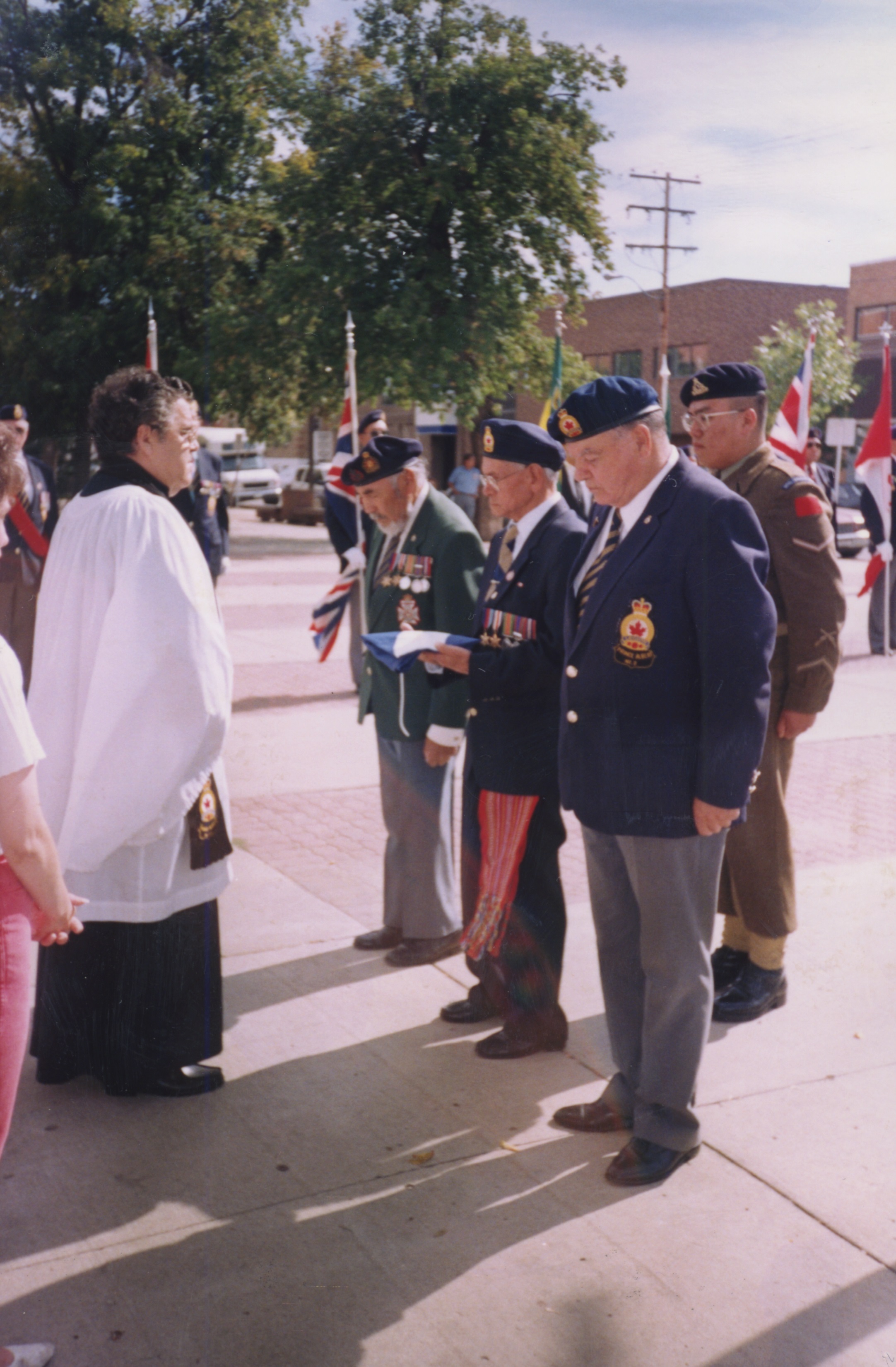Metis veteran numbers undocumented by Canadian military
- Darren R. Préfontaine | November 12, 2021
During the First World War, the Second World War, and the Korean War, Métis men and women from across the Métis Nation enlisted in the Canadian military in large numbers.
Unfortunately, we cannot precisely quantify enlistment figures for these Métis service members because they were not allowed to self-identify as Métis. This especially bothered Claude Adams of St. Louis, Saskatchewan, who was a member of Canada’s Special Forces during the Second World War.
In military records, soldiers were categorized as either Treaty Indians or by their ancestral European ethnicities, since there was no category for Métis.
While we don’t have exact numbers, we know that several thousand Métis volunteered and served during both world wars and in the Korean War in the army, navy and air force. Many army regiments, such as the Canadiens-Français du Nord-Ouest, the Princess Patricia’s Canadian Light Infantry, the Loyal Edmonton Regiment, the Regina Rifle Regiment (now the Royal Regina Rifles), the Saskatoon Light Infantry, the South Saskatchewan Regiment, and the Winnipeg Grenadiers had scores of Métis servicemen.
Many of these Métis volunteers had direct ancestors who fought in the 1885 Resistance. For instance, Gabriel Dumont’s nephews and great-nephews served, as did Louis Riel’s, including Louis-Philippe Riel, a renowned sniper in the First World War who killed 30 Germans before he himself was killed on January 15, 1916.
Patrice Fleury, a Métis veteran of 1885, lost a son in the First World War. When reflecting upon the war and his family’s loss, he wrote, “Today there are no more staunch upholders of the rights of Canada than the Métis, and many are those of the younger generation, who have laid down their lives for King and Country during the late war.”
Métis men enlisted for a variety of reasons, not just patriotism. By enlisting, many escaped grinding poverty in their road allowance or northern bush communities, while others were following a sense of adventure. Traditional Métis skills, such as trapping, hunting, scouting,and guiding were in high demand by the military and made the Métis very successful soldiers.
Métis women also served in large numbers, as well, during the Second World War, but in non-combat roles. These veterans included Saskatoon’s Dorothy Trotchie, (later Askwith) who served with the Royal Canadian Air Force’s Women’s Division and her relative, Marie Agnes Shortt, (later Klassen) who served with the Canadian Women’s Army Corps.
This tradition of service continued into the Korean War and beyond. For instance, Lloyd Hamilton, the great-grandson (through adoption) of Gabriel Dumont, served in the Canadian Army during the Korean War. On one occasion, he worked with an American soldier to save 80 Korean children in an orphanage, who were caught in the Korean Demilitarized Zone. For this action, Lloyd received medal from the United Nations.
Following the Second World War, many Métis veterans would become political leaders and activists, particularly within the Métis Society of Saskatchewan. They also founded Indian and Métis Friendship Centres and Legion branches.
Sadly, Métis veterans were often unable to obtain their veterans’ benefits after their military service, and their struggle for restitution continues to this day.
To honour Métis veterans from across the Métis Nation Homeland, the Gabriel Dumont Institute and various Métis organizations have built the National Métis Veterans Monument. Located in Batoche, the monument includes the names of thousands of Métis veterans from the 1885 Resistance to the present.





